If you are a born nature-lover interested in creating indoor greenery, you might be wondering: what are houseplants? Some people refer to plants as “green companions.” That’s because they bring a touch of nature and greenery into living spaces and provide a soothing and aesthetic presence. Moreover, houseplants offer the opportunity to not only play with various plants but also unique pots. This makes them a delightful addition to any interior.
Furthermore, did you know that, according to NASA research, houseplants also offer health benefits? They help purify the air by filtering out toxins and releasing oxygen, making them essential for a healthier environment. Cap it all, there are many more fascinating facts about houseplants. Let’s discover some of them while discussing the houseplants we selected!
From common to rare houseplants, we’ll cover 25 easy-to-grow indoor plants. Moreover, we’ll answer questions about the right conditions for them to thrive. Interested in learning about the best houseplants? Sure, you are! That’s why you’re here, right?
Below, we’re thrilled to share the best indoor plants you can grow in your indoor garden! With the help of this list, you’ll be able to transform your living space into a lush, vibrant haven that’s sure to bring you joy every day. Let’s discover the best indoor plants together!
#1 Chinese Evergreens
Image credits: feey.
Chinese evergreens are a group of houseplants belonging to the genus Aglaonema. They’re native to the tropical and subtropical regions of Asia and New Guinea. They are grown for their ability to purify the air and attractive and colorful foliage, varying from dark green to silver, pink, red, or coral.
- Scientific name: Aglaonema spp.
- Light: Low-light tolerant plants. The more variegated the leaves are, the more light they need.
- Soil: Loose, nutrient-rich potting soil. It’s important to use a soil medium that retains moisture but also allows for excess water drainage to prevent root rot.
- Temperature: Between 65°F and 75°F (18°C and 24°C).
- Watering: Regularly, but avoid overwatering to prevent root rot. These plants don’t like being soggy, so before watering your plants, make sure that the top two inches of soil are dry.
- Size: Slow-growing, can grow up to 3 feet (90 cm).
- Toxicity: Toxic to dogs, cats, and humans if ingested. Keep them away from children and pets.
#2 Pothos Plants
Image credits: feey.
Pothos plants are one of the most popular and common houseplants due to being easy to care for. They are an incredible genus of flowering plants in the Araceae family, with about 15 species of tropical vines! They hail from China, the Indian Subcontinent, Australia, New Guinea, Southeast Asia, and several islands in both the Pacific and Indian Oceans.
- Scientific name: Epipremnum aureum.
- Light: Can adapt to various conditions, from low to bright indirect light. The leaves require more light to maintain their variegated color.
- Soil: Well-drained and slightly acidic with a pH of 6.1-6.8.
- Temperature: Lower temperatures of 50°F (10°C) and average temperatures between 65°F and 75°F (18°C and 24°C).
- Watering: Water regularly every 1–2 weeks, allowing the soil to dry out between waterings.
- Size: Slow-growing, tall houseplants reaching up to 10 feet (3 meters).
- Toxicity: Toxic to dogs, cats, and humans if ingested. Keep them away from children and pets.
#3 Zebra Plants
Image credits: feey.
Delightful zebra plants belong to the genus Aphelandra and originate from Brazil’s vibrant tropical and subtropical regions. Their stunning and rich foliage, with white veins on dark green leaves, is a sight. Additionally, their yellow flower spikes blooming in late summer or early fall will undoubtedly brighten any room.
- Scientific name: Aphelandra squarrosa.
- Light: Bright, indirect light, avoiding direct sunlight. As they tolerate low light levels, the more variegated the leaves are, the more light they need.
- Soil: The potting soil should be light and fluffy with a mildly acidic pH of 6 to 6.5.
- Temperature: Between 65°F and 75°F (18°C and 24°C). Sensitive to cold drafts and fans.
- Watering: Water it only when the top (25%) of the soil is dry. Insert your finger into the soil up to the second knuckle to check for moisture. If the soil feels dry, water it.
- Size: Slow-growing plants, which can be expected to grow about 2 feet (60 cm) tall at maturity, extending to 3 feet (90 cm) tall with the flowers.
- Toxicity: Friendly to dogs and cats, according to the ASPCA.
#4 Prayer Plants
Image credits: feey.
We highly recommend the beautiful prayer plants, also called calatheas, for your indoor garden. These remarkable plants fold their leaves at night, looking like praying hands. You will love having them around! They are also some of the best houseplants to purify the air.
- Scientific name: Maranta leuconeura.
- Light: Bright, indirect light, also tolerates low light levels but not direct sunlight. The more variegated the leaves are, the more light they need to maintain their color.
- Soil: Rich, peaty soil and lots of drainage. Choose a nice, loamy potting mix or blend with 50% peat moss, 25% sand, and 25% loam.
- Temperature: Between 60°F and 80°F (15.5°C and 26.5°C). They can tolerate lower temperatures, but not below 50°F (10°C).
- Watering: Regularly every 1–2 weeks, allowing the soil to dry out halfway between waterings. In brighter light conditions, water your plants more frequently and vice versa.
- Size: Slow-growing plants, reaching up to 1 foot (30 cm) in height.
- Toxicity: Non-toxic to humans and pets.
#5 Radiator Plants
Image credits: feey.
These charming houseplants are breathtaking because of their diverse foliage, ranging from green to variegated to striped and spotted. Radiator plants produce stunning flowers and berries and are considered the best air cleaners, reducing formaldehyde levels.
- Scientific name: Peperomia.
- Light: Medium to bright indirect light. They don’t like full sun but thrive in the morning sun, which makes them perfect to place at east or north-facing windows.
- Soil: Well-drained, loamy, and moist potting soil.
- Temperature: Warm environments—hence their common name— temperatures between 65°F and 75°F (18°C and 24°C).
- Watering: Water the plants when the top of the soil feels dry. As they’re drought-tolerant, missing a few days of watering won’t harm them.
- Size: Reach up to 1 foot (30 cm) in height.
- Toxicity: Non-toxic and completely safe for children and pets.
#6 ZZ Plants
Image credits: feey.
These low-maintenance, common houseplants have glossy, dark green leaves that grow on thick, fleshy stems. Native to Africa, ZZ plants can thrive indoors and survive in dry and dim conditions. They are also called Zanzibar gems, Eternity plants, or Emerald palms.
- Scientific name: Zamioculcas.
- Light: Various light levels, from low to bright indirect light. Keep them away from direct sunlight.
- Soil: Well-draining soil or potting mix that doesn’t retain too much moisture. Adding perlite or sand can improve the drainage of the soil.
- Temperature: These tropical plants like warm and humid environments and grow well between 60°F and 75°F (15°C and 24°C). Avoid cold drafts and frost.
- Watering: Drought-tolerant, no need for frequent watering. Water when the soil feels slightly dry.
- Size: Indoors, they can grow up to 2 and 4 feet (60 cm and 1.2 meters) in height and width.
- Toxicity: Toxic to dogs, cats, and humans if ingested. Keep them away from children and pets.
#7 Monsteras
Image credits: Arkadiusz Śliwiński.
Monstera plants, also known as the Swiss cheese plants, get their name from their delicious and monstrous appearance. These tropical, tall houseplants have large, glossy leaves with holes or slits, perfect for growing as indoor trees. They are native to Central and South America, where they thrive as vines on trees in the rainforest.
- Scientific name: Monstera deliciosa.
- Light: Bright indirect light, avoiding direct sun.
- Soil: Well-draining like Orchid soil mixed with compost, regular potting soil, or even coco coir or peat moss to retain enough moisture.
- Temperature: 65°F and 85°F (18°C and 29°C), avoiding cold drafts and frost.
- Watering: Water every 1–2 weeks, allowing soil to dry out between waterings. Monsteras can benefit from filtered water or water left out overnight before use.
- Size: Fast-growing plants, reaching up between 10 and 15 feet (3 to 4.5 meters) in height indoors.
- Toxicity: Toxic to dogs, cats, and humans if ingested. Keep them away from children and pets.
#8 Money Trees
Image credits: feey.
Native to Central and South America, money trees are tropical plants with shiny leaves and a braided trunk. However, their ornamental value isn’t the only reason people opt to grow them. Chinese legend has it that the money tree can attract wealth and prosperity. Hence, it’s unsurprising why many people prefer it to other plants.
- Scientific name: Pachira aquatica.
- Light: Bright, indirect light. Place them near the east, south- or west-facing window. Avoid direct sunlight, especially during summer, as they are humidity-loving plants.
- Soil: Sandy, peat-moss-based soil mixes like cactus blends.
- Temperature: Between 60°F and 75°F (15°C and 24°C), avoiding cold drafts and frost.
- Watering: Water regularly when the top of the soil is dry. Let the soil dry out between waterings.
- Size: These mini trees grow into tall houseplants, reaching between 6 and 8 feet (1.8 and 2.4 meters) in height.
- Toxicity: Non-toxic and completely safe for children and pets.
#9 Heartleaf Philodendrons
Image credits: feey.
Philodendrons are a group of plants that belong to the Araceae family. They are known as Sweetheart plants because of their heart-shaped leaves. Philodendrons are easy to care for and can tolerate low-light conditions. Native to South and Central America and the Caribbean, where they grow as vines on trees in the rainforest.
- Scientific name: Philodendron hederaceum.
- Light: They thrive in a well-lit environment with indirect sunlight, so placing them on west or south-facing windows is best.
- Soil: Well-drained, high-quality soil mixture, rich in nutrients. Chunky orchid bark, peat moss (or coco coir), and perlite can be used.
- Temperature: Between 60°F and 75°F (15°C and 24°C), avoiding cold drafts and frost.
- Watering: Preferably once a week, allowing soil to completely dry out between waterings. During the winter months, feel free to water Philodendrons less often.
- Size: Fast-growing plants. Can reach a height of 1 to 3 feet (30 to 90 cm).
- Toxicity: Toxic to dogs, cats, and humans if ingested. Keep them away from children and pets.
#10 Snake Plants
Image credits: Anastasia Judt.
Snake plants are succulents with long, upright leaves in various patterns and colors. They are native to Africa and Asia, growing in dry and sunny habitats. Snake plants are common houseplants because they help purify the air and are easy to care for.
- Scientific name: Sansevieria spp.
- Light: Bright, sufficient light, avoiding direct sun. Though they can survive in poor light conditions, they won’t grow and flower without moderate sunlight.
- Soil: Free-draining soil mix. A soilless potting mixture is best to ensure adequate drainage.
- Temperature: Between 65F° and 90F° (18°C and 32°C). They can endure hot weather, up to 100°F, as their leaves reserve a lot of water. Prefer dry environments.
- Watering: Water regularly every 2 to 3 weeks. Keep soil dry between waterings. During winter, water once a month.
- Size: Most indoor-kept snake plants usually grow between 2.3 and 3.2 feet (70cm and 1 meter) in height.
- Toxicity: Toxic to dogs, cats, and humans if ingested. Keep them away from children and pets.
#11 Cast Iron Plants
Image credits: Ahmed ツ.
Long, dark green, lance-shaped leaves characterize these leafy, common houseplants. Cast iron plants are native to Asia, growing in the understory of forests. They don’t usually bloom indoors, but if they do, their small, purplish flowers are usually hardly seen under the foliage. They can thrive under low light conditions and withstand drought and even neglect.
- Scientific name: Aspidistra elatior.
- Light: Indirect, low light. Place them anywhere you want as long as the sun doesn’t shine directly.
- Soil: Wide range of soils, as long as they are slightly acidic to neutral in pH, rich in organic matter, and offer good drainage.
- Temperature: Between 65°F and 85°F (18°C and 29°C). Their growth will slow down under 50°F (10°C), although they can still tolerate lower temperatures.
- Watering: Regularly water young plants to keep the soil moist but not wet. Water adult plants richly, then let the soil dry out before watering again.
- Size: Slow-growing plants. Can reach a height of 2 to 3 feet (60 to 90 cm).
- Toxicity: Non-toxic and completely safe for children and pets.
#12 Air Plants
Image credits: onehappycactus.
Plants that don’t need soil to grow are called air plants. Their natural habitat is in the tropical and subtropical regions of the Americas, where they attach themselves to other plants or objects and absorb water and nutrients from the air. Air plants have many shapes, sizes, and colors and produce beautiful flowers.
- Scientific name: Tillandsia.
- Light: Bright, indirect daily sun. Place them on the east- or west-facing window; an artificial light source also works. If you keep them well watered, they can tolerate longer exposure to direct sun.
- Soil: None, as they grow on other surfaces.
- Temperature: Between 50°F and 90°F (10°C and 32°C). Extremely sensitive to freezing temperatures and needy for fresh air.
- Watering: Soak in water for 20 to 40 minutes every 1 to 2 weeks, or mist regularly. After watering, they need to have enough air movement to dry out within 4 hours.
- Size: Varies depending on the species, from a few inches to 7 feet.
- Toxicity: Completely non-toxic—human, dog, and cat-safe houseplants.
#13 Lace Aloes
Image credits: Patrick Pahlke.
Lovely lace aloe is a delightful succulent plant with striking dark green, spiny leaves adorned with charming white bumps. They are cherished natives of South Africa, thriving in dry and rocky habitats. During the summer, this beauty produces vibrant orange-red flowers on tall stems.
- Scientific name: Aristaloe aristata.
- Light: Bright but indirect light.
- Soil: Well-draining potting mix. For indoor growing, choose a succulent mix.
- Temperature: Between 65°F and 75°F (18°C and 24°C), also can tolerate cold up to 50°F (10°C).
- Watering: Water should be given at the bottom of plants once every 7 days during summer and every 14 days during winter. Some Aloe species go dormant in winter and still need to be watered, only much more sparingly than in spring and summer.
- Size: Relatively fast-growing plants, reaching up to 0.6 feet (20 cm) in height.
- Toxicity: Unlike Aloe vera plants that you can eat, lace aloe plants have poisonous leaves and can do severe damage if ingested. Keep them away from children and pets.
#14 Tropical Pitcher Plants
Image credits: David Clode.
Tropical pitcher plants are ideal for those looking for unusual species and rare houseplants! These carnivores have modified leaves that form a pitcher-like structure. Native to China, Indonesia, Asia, Australia, and Madagascar, they use this structure to trap and digest insects and other small animals.
- Scientific name: Nepenthes.
- Light: Bright, indirect light. They can handle some direct sunlight but too much can severely burn them.
- Soil: Well-draining soil mix that is rich in organic matter. A combination of sphagnum moss, perlite, and orchid bark is an ideal mixture.
- Temperature: Ideal day temperatures are between 75°F and 83°F (24°C and 28°C) with night temperatures from 55°F to 60°F (13°C to 15.5°C). They can tolerate warmer temperatures for several months, but consistent nighttime drops to 60°F (15.5°C) or lower are good for growth and health.
- Watering: Consistently moist soil is required, along with distilled or rainwater and a tray or saucer to increase humidity. Water less frequently in winter.
- Size: It depends on growing conditions; generally, they can grow up to 3.2 feet (1 meter) in height indoors.
- Toxicity: Non-toxic to humans and pets and safe to grow indoors. However, some individuals or animals may experience skin irritation or allergic reactions once exposed.
#15 Parlor Palms
Image credits: Abbas Tehrani.
Did you know that Parlor palms are indigenous to the lush rainforests of Central America? Parlor palms, also called good luck palms, are common houseplants because of their easy care and growth in low-light and cramped spaces. They are good air purifiers that can remove toxins from the indoor environment.
- Scientific name: Chamaedorea elegans.
- Light: Bright, indirect light to flecked sunshine. Prolonged exposure to bright, direct sunlight can cause the leaves to burn and scorch.
- Soil: Well-drained potting mix with an acidic to slightly alkaline pH between 6.0 to 7.8.
- Temperature: Between 65°F and 80°F (18°C and 27°C).
- Watering: Water regularly every 1–2 weeks, allowing the soil to dry out between waterings. Expect to water more often in summer and less in winter.
- Size: Slow growers when cultivated as houseplants in containers. Can reach up to 1 to 6 feet (30 cm to 1.8 meters) in height.
- Toxicity: Non-toxic to humans, dogs, and cats.
#16 Peacock Plants
Image credits: feey.
How delightful to learn about the exquisite peacock plants, commonly called Cathedral windows! Belonging to the Goeppertia genus in the Marantaceae family, these beauties hail from the vibrant Espírito Santo state in eastern Brazil. Unsurprisingly, they’ve been bestowed with the prestigious Royal Horticultural Society’s Award of Garden Merit (AGM).
- Scientific name: Calathea makoyana.
- Light: Moderate, indirect sunlight, as direct sunlight dulls the color of the leaves. On the contrary, shallow light can slow down growth.
- Soil: Well-draining, peat-based potting mix that retains moisture. Mixing a bit of perlite or coarse sand can improve soil drainage.
- Temperature: Ideally, between 65°F and 75°F (18°C and 24°C). Choose the placement mindfully, as they are sensitive to cold.
- Watering: Water consistently when the top inch of the soil feels slightly dry to the touch.
- Size: Fully mature peacock plants can grow up to 4 feet (1.2 meters) in height.
- Toxicity: Non-toxic to humans, dogs, and cats.
#17 Fiddle-Leaf Figs
Image credits: feey.
The fiddle-leaf figs are eye-catching tropical trees with captivating, violin-shaped leaves that exude a glossy finish. Originating from western Africa and thriving in lowland rainforests, fiddle-leaf figs are popular houseplants due to their air-purifying and breathtaking foliage. It’s truly a captivating addition to your home!
- Scientific name: Ficus lyrata.
- Light: Need bright, indirect light. The ideal place is a south-facing window.
- Soil: Well-draining, high in organic matter, peat-based soil with some perlite.
- Temperature: Warmer temperatures, ranging from 60°F to 80°F (15.5°C to 26.5°C). Keep the fiddle away from a heating vent, fan, or draft from a window or door.
- Watering: Water thoroughly about once a week. For 2 feet (60 cm) trees, use 1 cup (250 ml) of water; for taller trees—2 cups (500 ml).
- Size: In typical indoor spaces, these fast-growing trees can reach a height of 10 feet (3 meters). However, it may grow much taller in an area with lots of light and high ceilings.
- Toxicity: Toxic to dogs, cats, and humans if ingested.
#18 Jade Plants
Image credits: Harry Cooke.
Arguably the most common houseplants worldwide, jade plants have thick, fleshy leaves with stems that store water and small pink or white flowers. They are low-sun plants and are easy to care for. Actually, they are so low maintenance they are difficult to kill. Perfect for beginner gardeners!
- Scientific name: Crassula ovata.
- Light: Bright indirect light, but can also survive in low light.
- Soil: Free-draining sandy or loamy soil mix. You can make your horticultural sand, perlite, and peat moss mix or employ ready-to-use cactus or succulent mix.
- Temperature: Between 65°F and 75°F (18°C and 24°C), and slightly cooler temperatures at night, with around 55°F and 60°F (13°C and 16°C).
- Watering: Once every 2 to 3 weeks. Use the “soak-and-dry” method to avoid waterlogging.
- Size: As tall houseplants, they can grow from 3 to 10 feet (90 cm to 3 meters). However, they do so very slowly.
- Toxicity: If ingested, they can be toxic to both humans and pets, so keep them in hard-to-reach places.
#19 Spider Plants
Image credits: feey.
Spider plants are among the most popular and best houseplants for growing in various conditions. They have slender, arching leaves that can be green or striped with white or yellow. Spider plants also produce long stems with small flowers and plantlets. Those can be propagated to create new plants.
- Scientific name: Chlorophytum comosum.
- Light: Bright, partial to shade, indirect light. They can survive in low light but grow very slowly.
- Soil: Loose, well-drained, neutral pH, and nutrient-rich potting soil. Most pre-mixed soils will suffice.
- Temperature: Between 55°F and 80°F (13°C and 27°C).
- Watering: Water about once a week. Crispy tips indicate under-watering, while dark brown tips show over-watering. Water thoroughly and remove any excess water from the saucer.
- Size: Between 1 and 2 feet (30 and 60 cm) in height.
- Toxicity: Non-toxic to humans, dogs, and cats.
#20 English Ivies
Image credits: Kulbir.
These climbing and evergreen plants are versatile and hardy! Their luscious dark green leaves, sometimes adorned with white or yellow variegation, make it a striking choice for any indoor garden. Adding to its appeal, English ivy plants boast charming flowers and berries.
- Scientific name: Hedera helix.
- Light: From medium light to bright with partial shade. Although ivies can grow in low light indoors, they won’t thrive and may not live as long.
- Soil: Fertile and moist, neutral to slightly alkaline pH, and well-draining soil.
- Temperature: Between 65°F and 85°F (18°C and 30°C ). To avoid low humidity and pests, mist English ivies often and place them near a humidifier.
- Watering: Only water it once the top inch or so of the soil has dried out. It’s best to keep this houseplant a little too dry rather than too damp.
- Size: Varies depending on the support; can climb up to 9 feet (2.7 meters) indoors.
- Toxicity: Toxic to people and pets; can cause skin rash, vomiting, and diarrhea.
#21 African Violet
Image credits: Elstef.
African violets are lovely houseplants that can brighten any room. They are herbaceous perennial plants in the family Gesneriaceae, native to Tanzania and adjacent southeastern Kenya in eastern tropical Africa. These plants have fuzzy, green leaves and blue-violet, lavender, red-violet, lavender-pink, pink, or white flowers that can bloom year-round!
- Scientific name: Saintpaulia.
- Light: Bright but indirect light. They bloom best with 12 to 16 hours of moderate to bright indirect light daily.
- Soil: Well-drained, moist soil with neutral to slightly acidic pH.
- Temperature: Between 65°F and 80°F (18°C and 27°C), avoiding humidity and temperature fluctuations.
- Watering: Water once weekly, keeping the soil lightly moist but not soggy. However, water from the bottom by placing the plastic pot in room-temperature water for no more than 30 minutes, allowing the plant to absorb the water.
- Size: Typical African violets reach from 0.6 to 1 foot (18 to 30 cm) in height, while miniature varieties stay around 0.3 foot (9 cm).
- Toxicity: Non-toxic to humans, dogs, and cats.
#22 Orchids
Image credits: Natalie Wagner.
Orchids are beautiful and diverse plants belonging to the family Orchidaceae, one of the most prominent flowering plants worldwide. They have many unique features, such as bilateral symmetry, aerial roots, diverse coloration, and heavenly odor. Orchids are found in almost every habitat on Earth except ice fields. Still, the tropics have the richest diversity of Orchid genera and species.
- Scientific name: Orchidaceae.
- Light: Varies depending on the species; some prefer bright but indirect light, others can tolerate low light or direct sun. Most Orchids require plenty of light, preferably at least 6 hours a day.
- Soil: Combination of perlite, vermiculite, sphagnum moss, and shredded bark, as most orchids are epiphytes, growing on other plants or objects and don’t need soil.
- Temperature: Daytime temperatures of 75°F (24°C) or more and nighttime temperatures of 65°F (18°C). In wintertime, don’t expose blooming Orchids to temperatures significantly colder than this.
- Watering: Water once a week during the winter and twice a week during the summer. Always water early in the day to allow for proper drying.
- Size: This varies depending on the species and the growing conditions. Generally, indoor-grown Orchids can reach up to 1 to 3 feet (30 to 90 cm) tall.
- Toxicity: Orchid flowers are non-toxic and are considered safe to eat.
#23 Peace Lilies
Image credits: feey.
Peace lilies are among the top choices because of their glossy green leaves and unique sail-like flowers in a pristine white shade, which makes them an ideal addition to any living space. Although we call them lilies, they are a member of the Araceae family, including numerous tropical plants. Peace lilies are also one of the best houseplants for humidifying the air.
- Scientific name: Spathiphyllum.
- Light: Prefers bright light from direct sunshine but can also tolerate partial shade.
- Soil: Well-draining, slightly acidic, rich in organic matter soil with a pH between 5.5 and 6.5.
- Temperature: Between 68°F and 85°F (20°C and 30°C) at daytime and 10°F (12°C) cooler temperature at nighttime.
- Watering: Consistently moist the soil, avoiding standing water. When the top inch of soil is dry, water the plant until water flows out of the bottom of the container.
- Size: Between 1 and 4 feet (30 cm and 1.2 meters) tall, but some species may get as large as 6 feet (1.8 meters) tall.
- Toxicity: Pets and humans should avoid ingesting or touching this substance as it can cause mild toxicity.
#24 Cacti
Image credits: Barthelemy Rigaud.
Cacti are undoubtedly among the best-known low-maintenance houseplants, as they naturally adapt to survive in dry and harsh environments. They belong to the family Cactaceae, which has about 139 genera and nearly 2,000 species. As cacti produce colorful and fragrant flowers and edible fruits, they are cultivated as ornamental plants, food, or medicine.
- Scientific name: Cactaceae.
- Light: Bright light, but some species can tolerate partial shade or indirect sunlight.
- Soil: Well-draining, sandy, gritty, or loamy. Cactus soil mix of sand, gravel, pumice, and/or perlite serves ideal drainage.
- Temperature: Between 40°F and 80°F (4.5°C and 26.5°C). Cacti can tolerate various temperatures, depending on the species and origin.
- Watering: Water regularly every week or two, ensuring the soil dries entirely between waterings. Water more in the summertime and adequately less in winter.
- Size: Varies significantly, depending on the species and growing conditions. Some cacti are tiny, while others are gigantic and can reach up to 8 feet (2.4 meters).
- Toxicity: Cacti are non-toxic to humans or animals. However, some species can cause skin irritation or allergic reactions upon contact or ingestion.
#25 Yuccas
Image credits: Skylar Kang.
Yuccas are a fascinating group of frond plants that belong to the Asparagaceae subfamily Agavoideae. They flaunt evergreen, sword-shaped leaves and boast clusters of gorgeous white or whitish flowers on tall stalks. These plants are native to the Americas and the Caribbean and thrive in various habitats, from deserts and grasslands to woodlands and coastal areas.
- Scientific name: Yucca.
- Light: Bright, indirect sunlight or partial shade. Place yuccas in a south- or west-facing window for best results.
- Soil: Well-draining, gritty, sandy, or loamy soil. Some yuccas can grow in rocky or alkaline soil, while others need acidic or organic soil.
- Temperature: Between 65°F and 75°F (18°C and 24°C). They can also tolerate temperatures as low as 50°F (10°C) or as high as 90°F (32°C).
- Watering: Water regularly. During the growing season in spring and summer, water them more often. They require less watering during their dormant periods, typically in fall and winter.
- Size: Depending on the species and pot size, they typically tend to reach from 2 to 4 feet (60 cm to 1.2 meters) or even taller.
- Toxicity: Non-toxic to humans and pets and safe to grow indoors.
The Verdant Verdict
By learning about their needs and preferences, you’ll be able to create a truly enchanting indoor garden that enhances your decor and contributes to a healthier and more beautiful living environment. We can’t wait to see your green thumb in action—happy gardening!
FAQ About Houseplants
Should I Have Houseplants?
Indeed, incorporating houseplants into your living space is a beautiful choice. They infuse a sense of nature into your interior design and purify the air, enhancing the overall atmosphere. With the proper selection of planters, you can add flair and style to your decor, creating a harmonious balance between aesthetics and the soothing presence of an indoor garden.
Moreover, houseplants offer a range of benefits, from reducing stress to boosting productivity. So, suppose you want to improve your home’s ambiance, air quality, and overall well-being. In that case, houseplants are a fantastic and stylish addition to consider.
What Is the Easiest Houseplant to Take Care of?
Regarding low-maintenance greenery, the snake plant stands out as one of the easiest houseplants to grow. With the snake plant’s remarkable resilience and air-purifying qualities, this plant is a favorite among beginners and busy individuals. Its sturdy leaves can withstand neglect and thrive in various light conditions, from low to bright.
Another of the easiest houseplants is pothos, known for its ability to flourish even in low light. It forgives irregular watering and can be a great addition to any space. Both the snake plant and pothos offer an excellent entry point into the world of houseplants.
Which Plant Gives Oxygen 24 Hours?
Contrary to a common misconception, all plants give out carbon dioxide during the day and night. However, photosynthesis happens only in the sunlight, so oxygen is released during the daytime. Suppose you’re willing to have some plants that are good air purifiers. If so, here are some species you could consider growing at your place:
- Chinese evergreens,
- Prayer plants,
- Radiator plants,
- Snake plants,
- Parlor palms,
- Fiddle-leaf fig trees,
- Peace lilies.
Which Houseplants Don’t Need Sunlight?
Several houseplants can thrive even in low-light conditions. These plants don’t need direct sunlight and are very low-maintenance. Some examples of low-light tolerant plants include
- Snake Plant,
- Peace Lily,
- ZZ Plant,
- Pothos,
- Cast Iron Plant,
- Parlor Palm.
Great news! These resilient plants can handle low light but thrive even more when given some indirect or artificial light occasionally. Keep them healthy and vibrant!
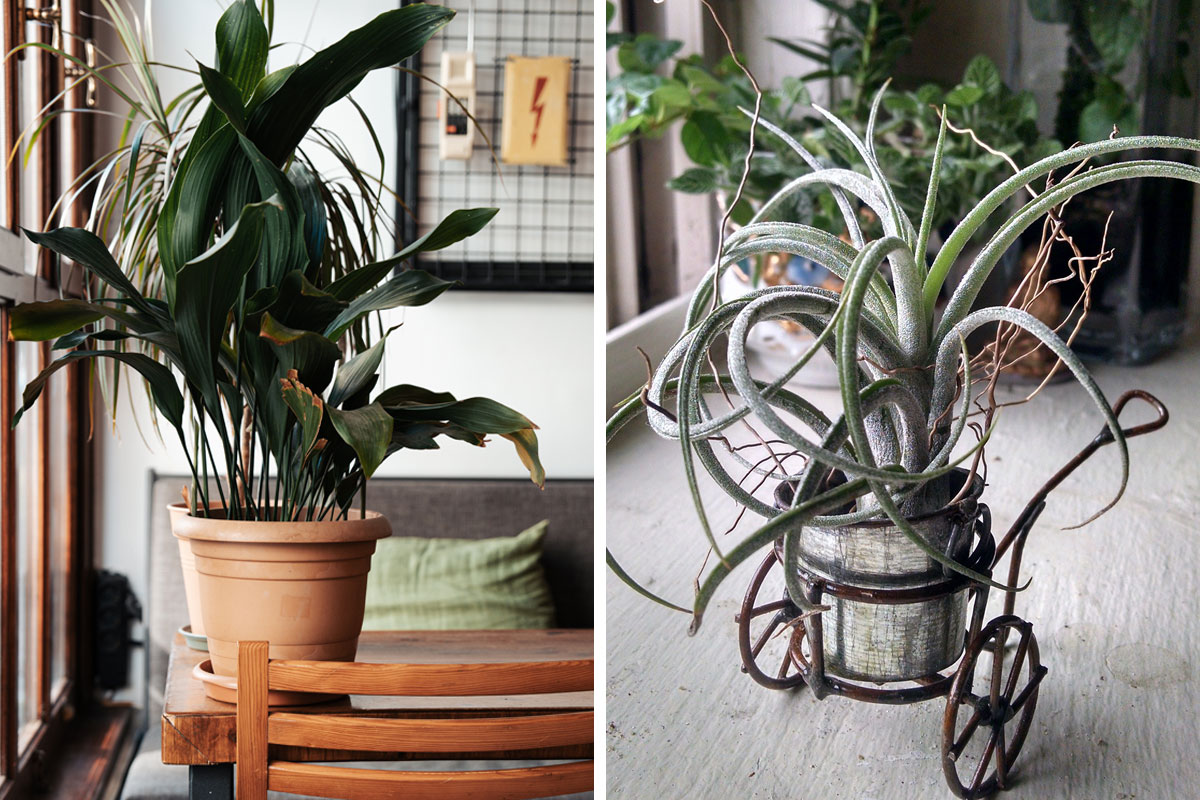
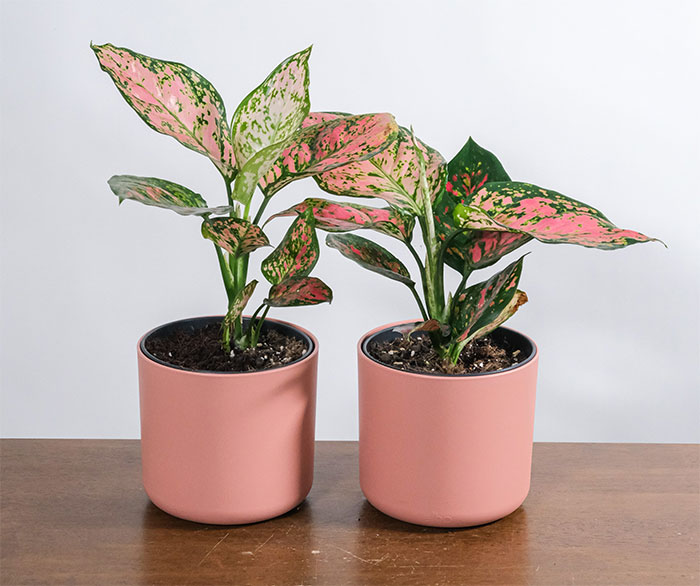
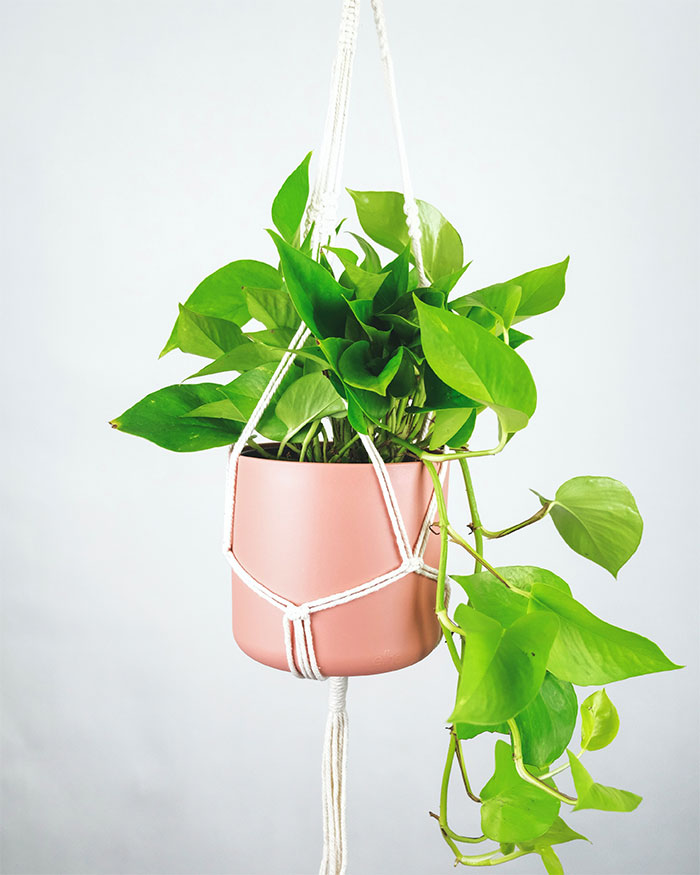
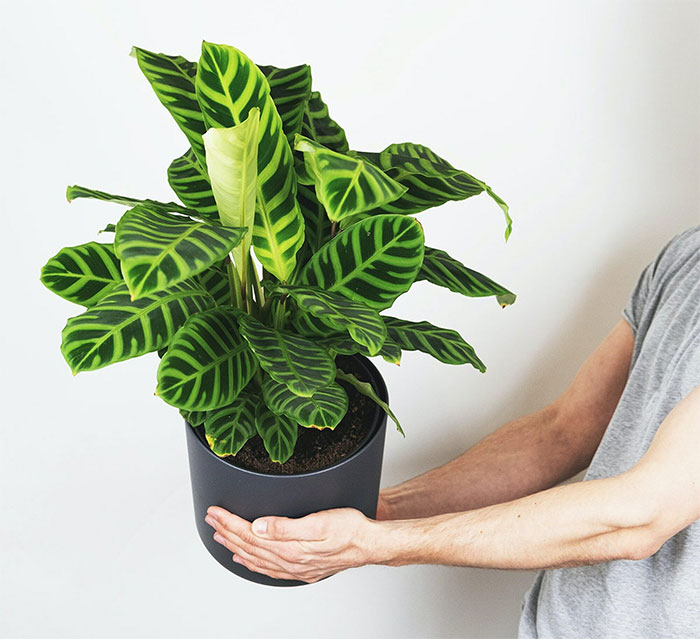
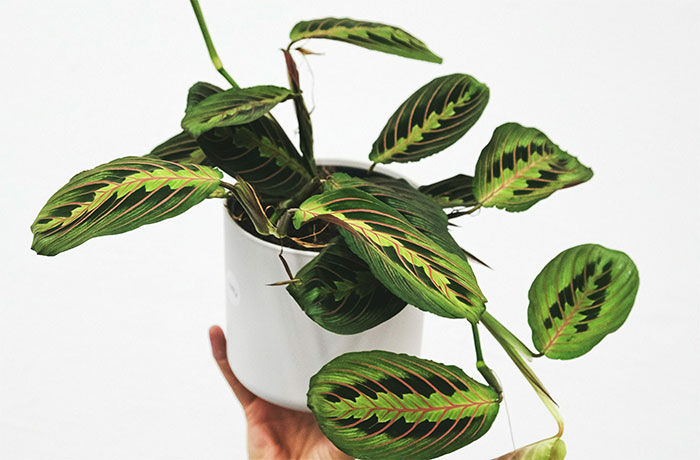
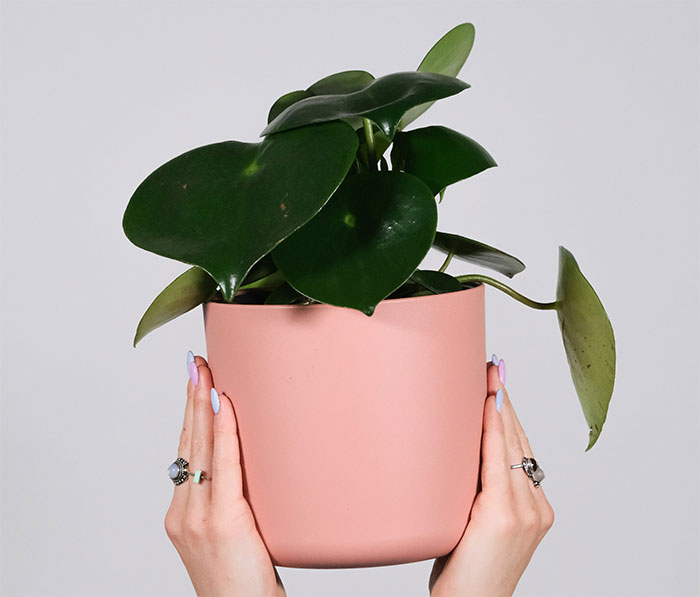
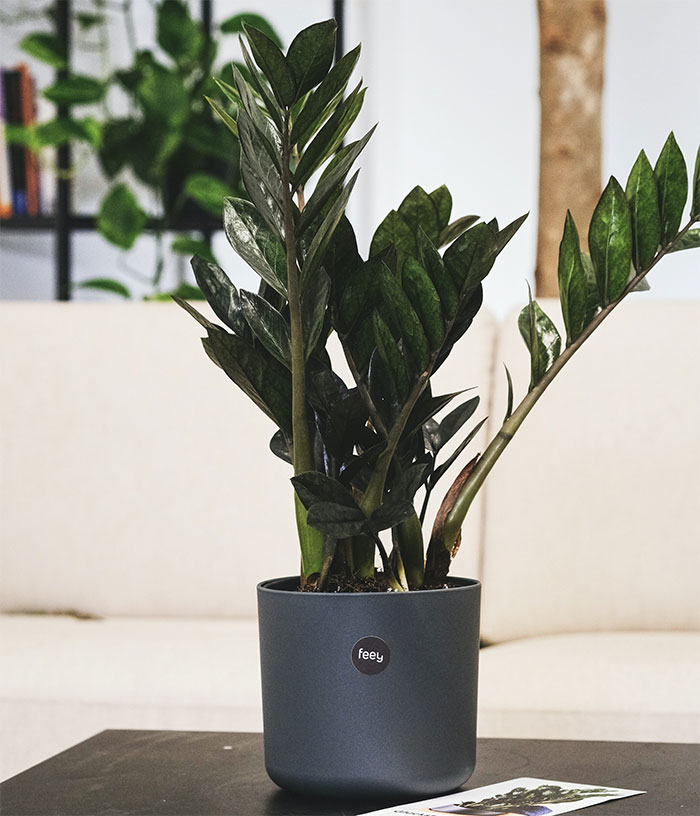
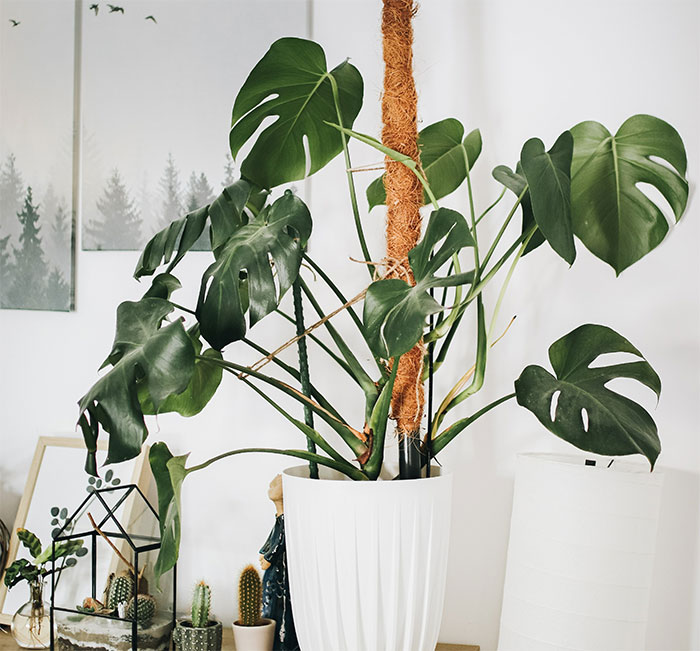
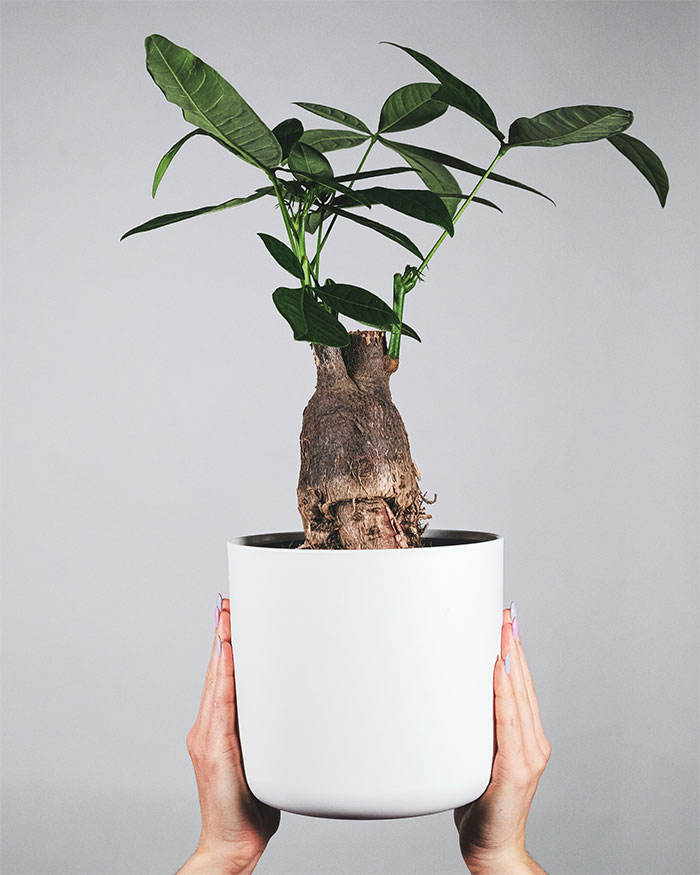
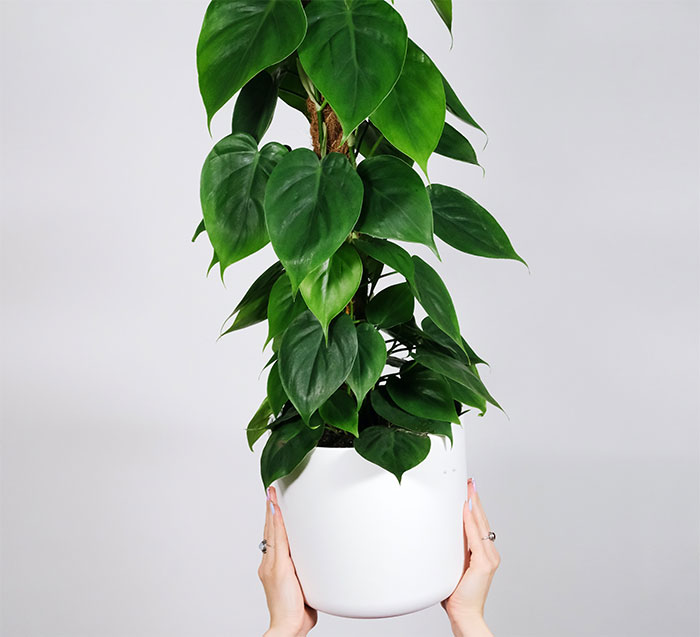
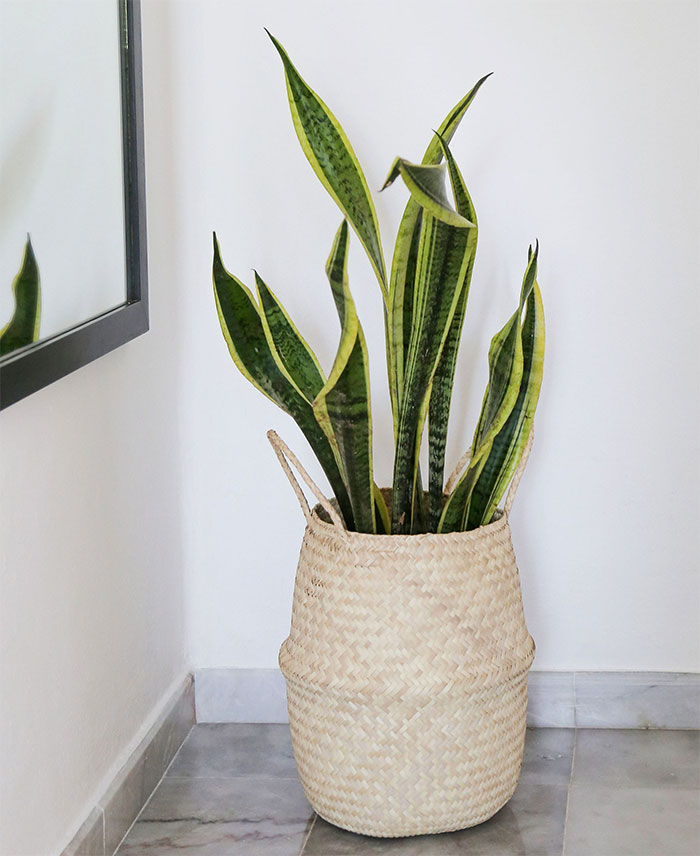
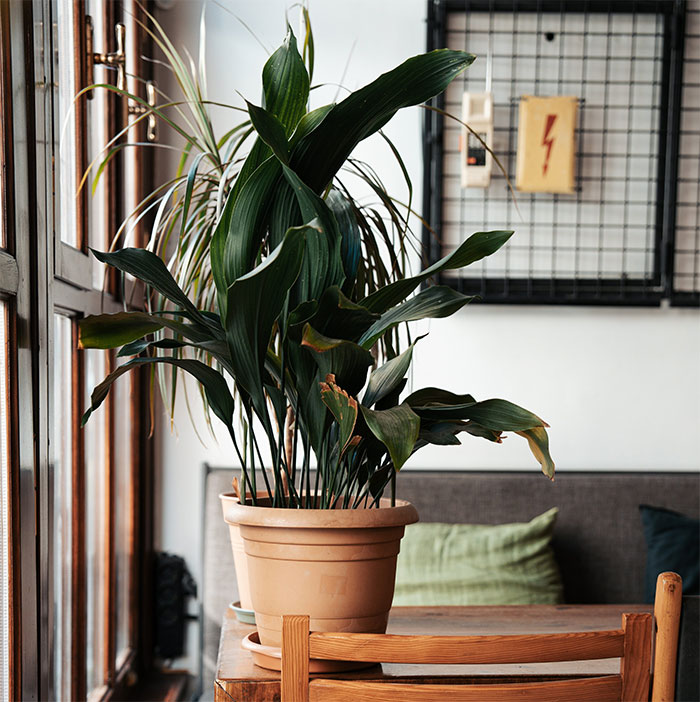
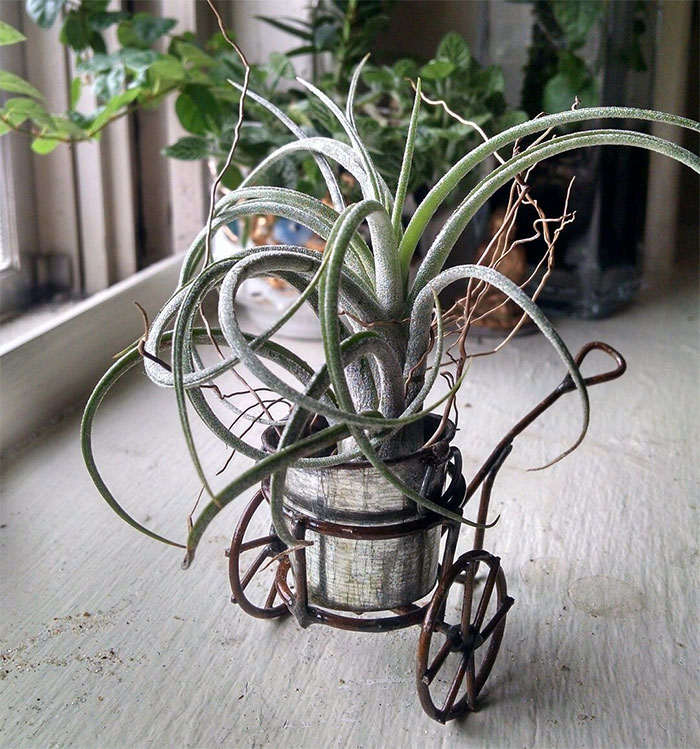
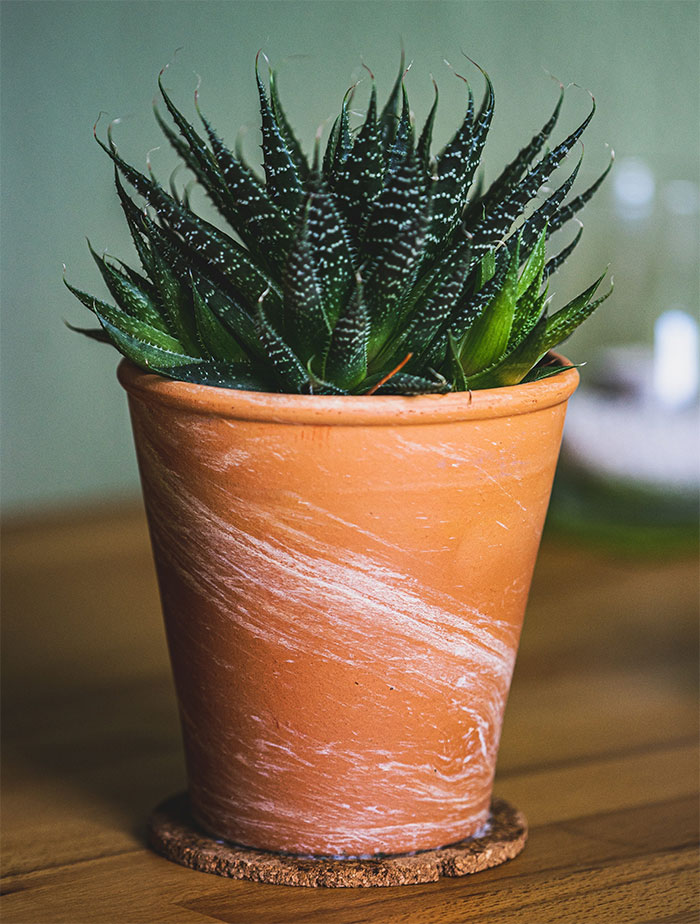
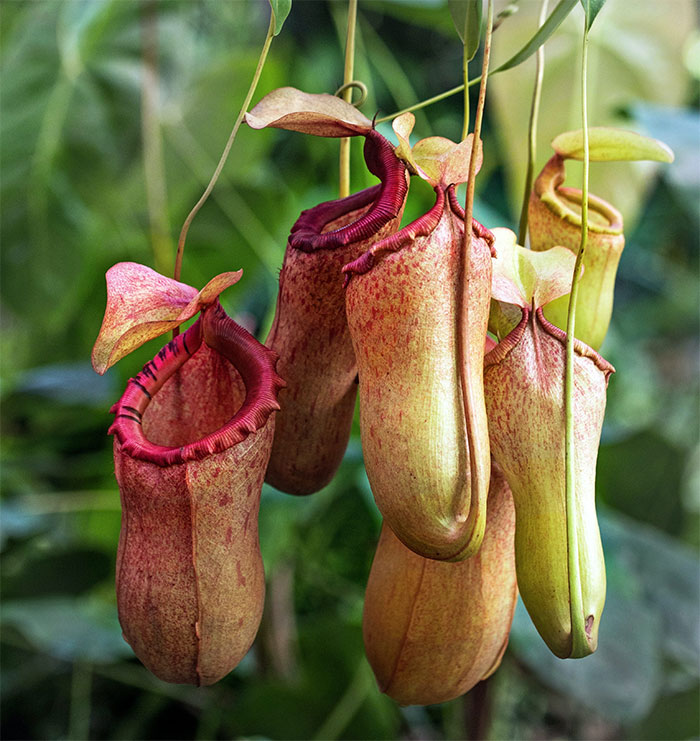
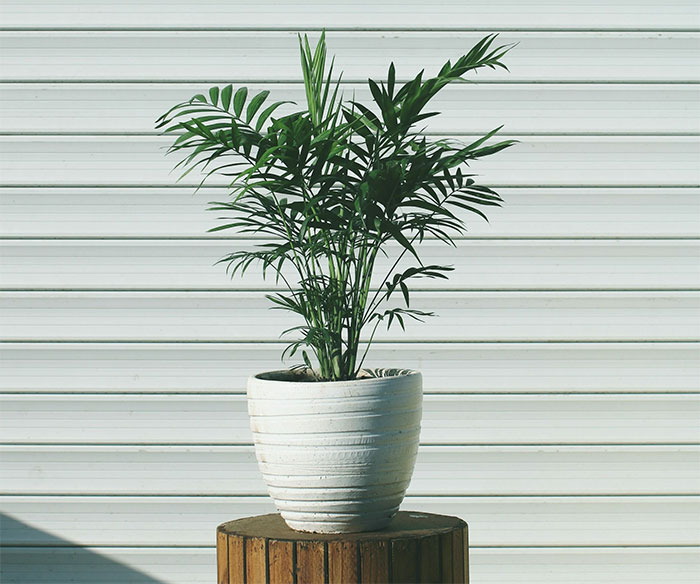
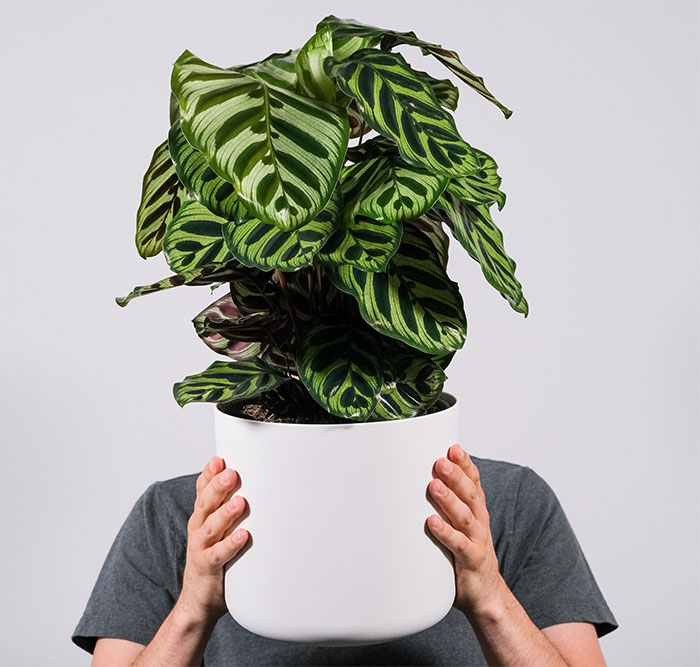
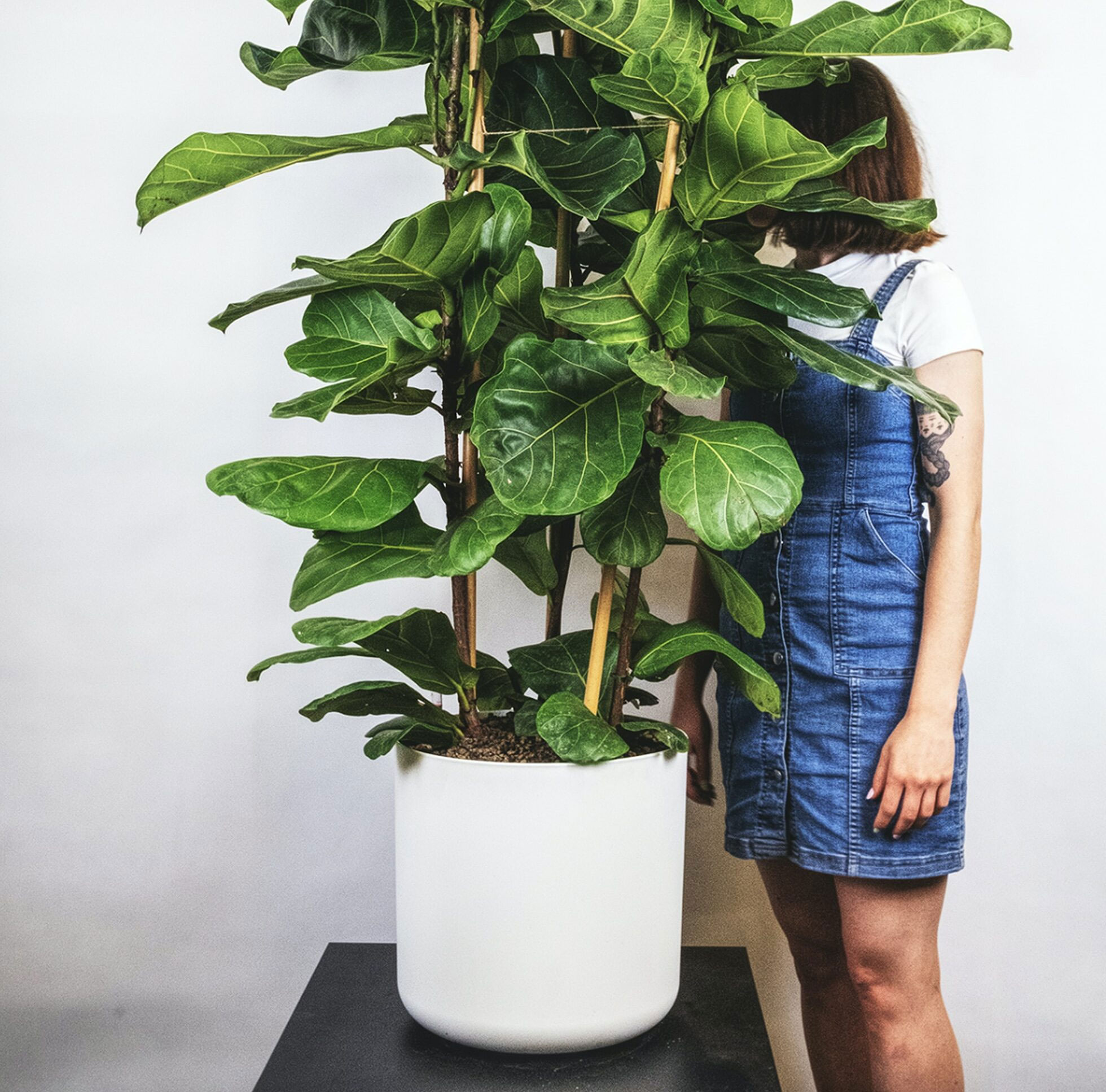
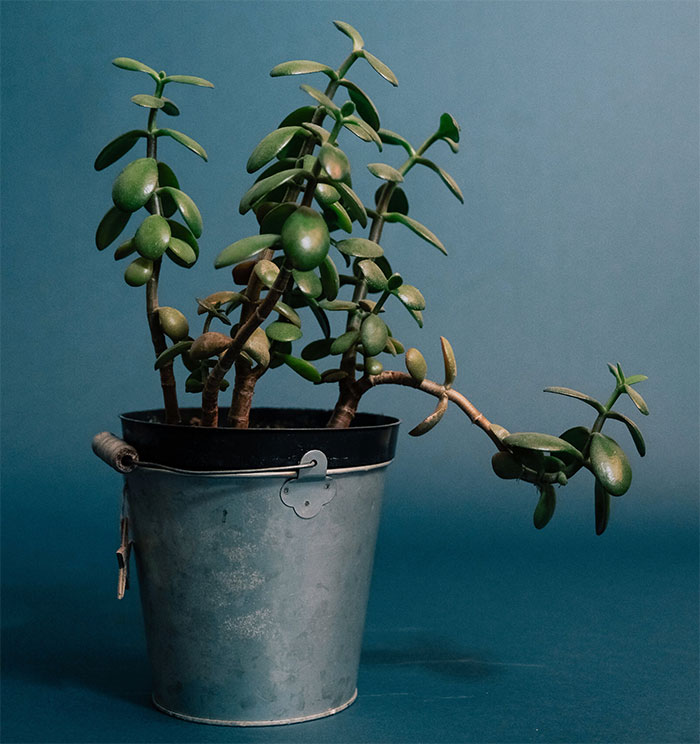
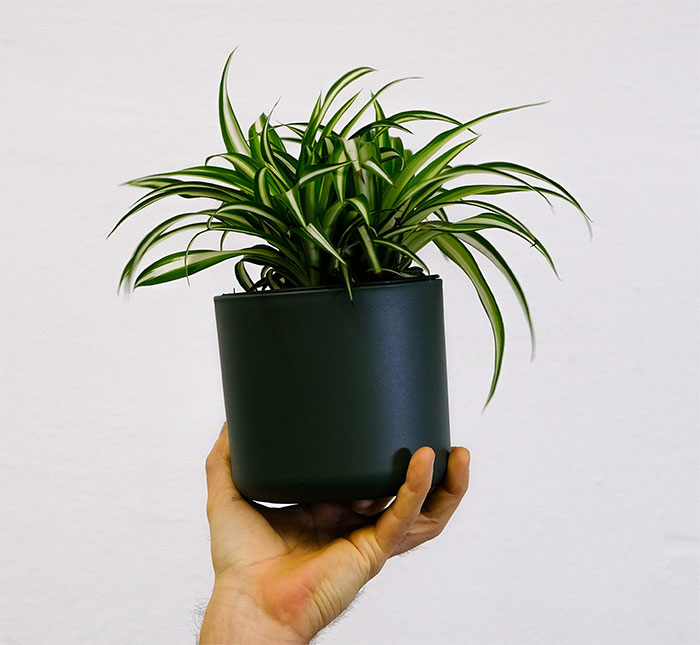
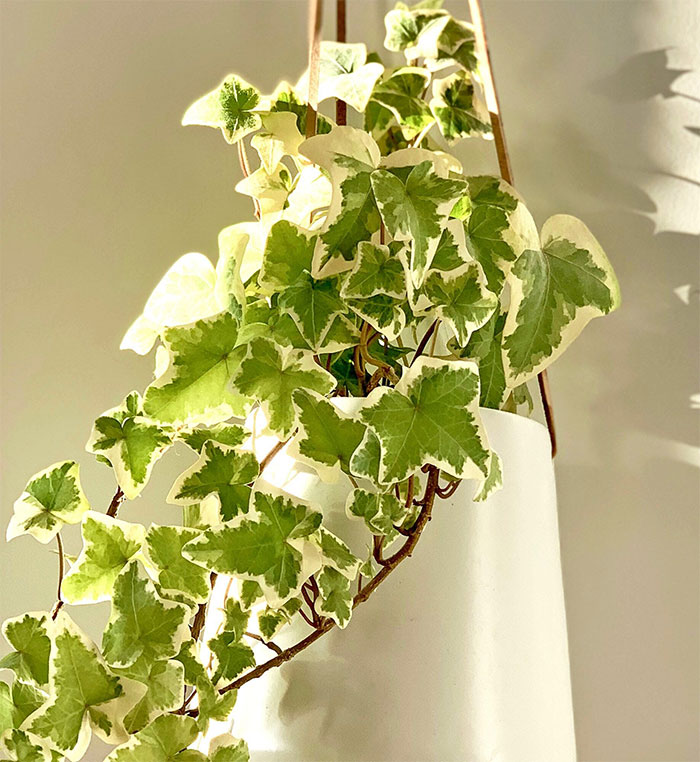
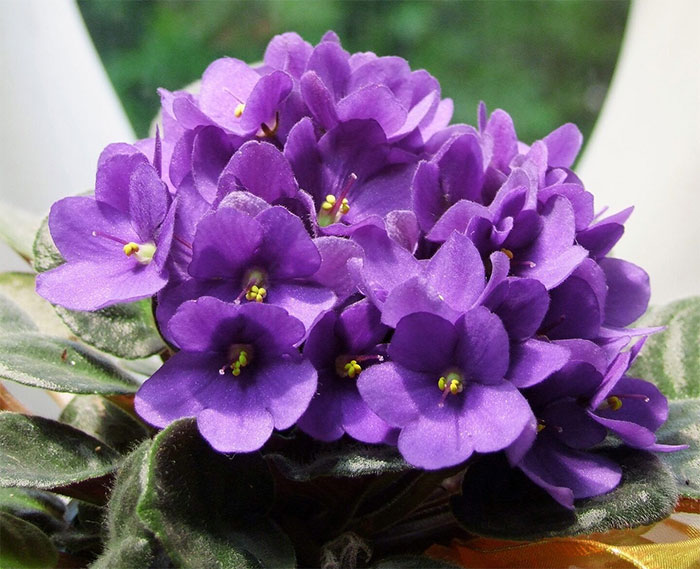
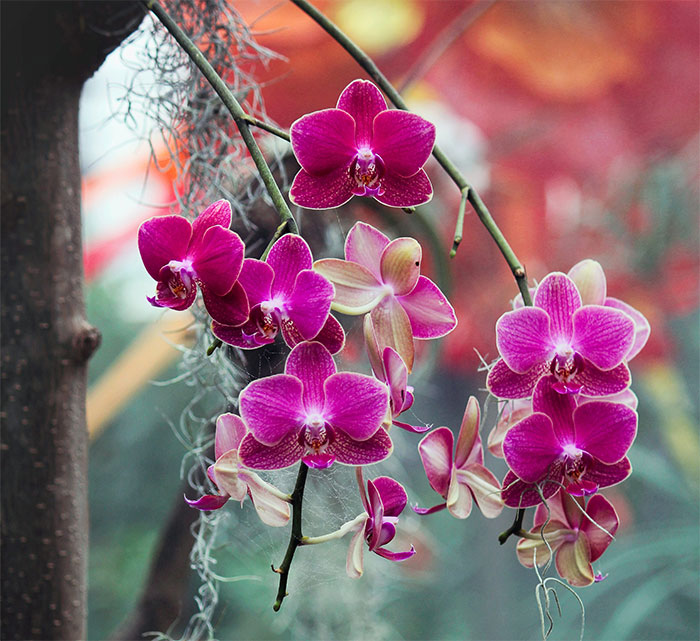
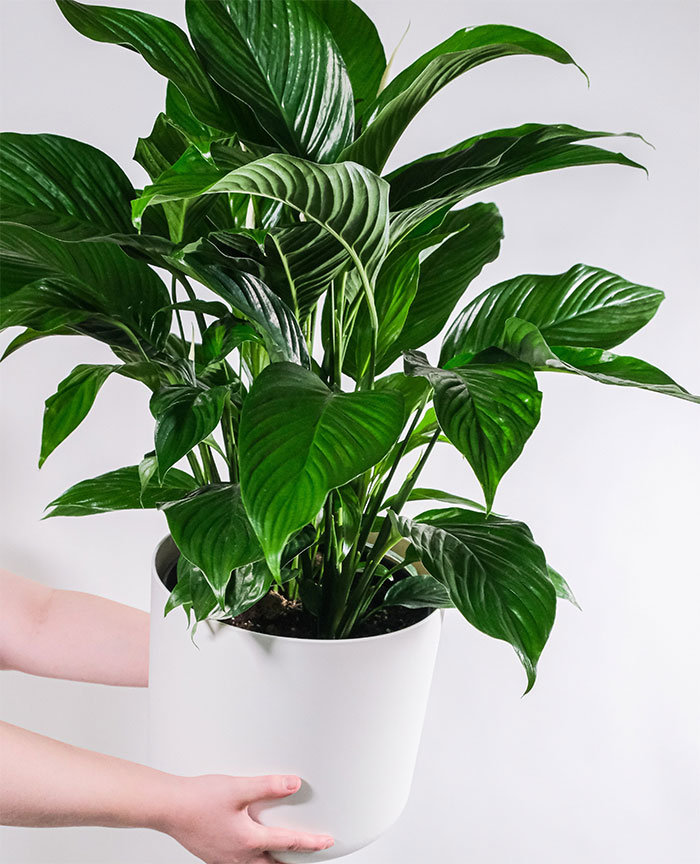
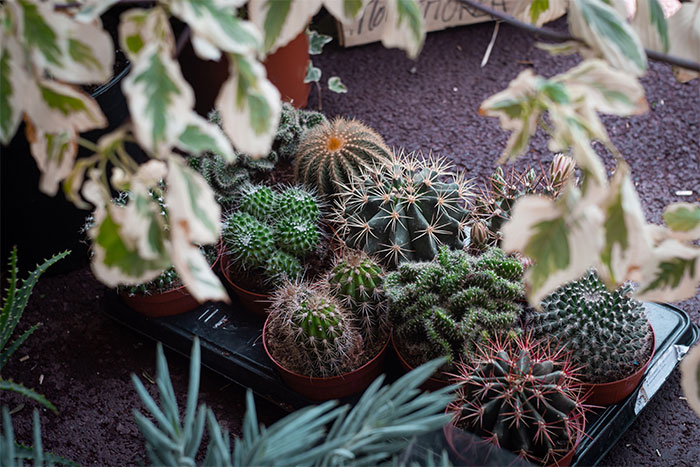
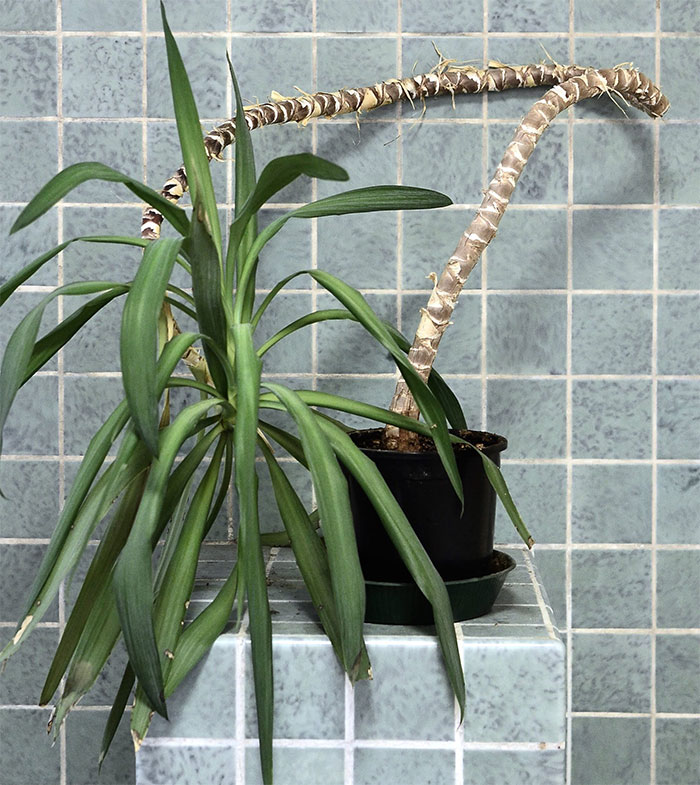




17
1